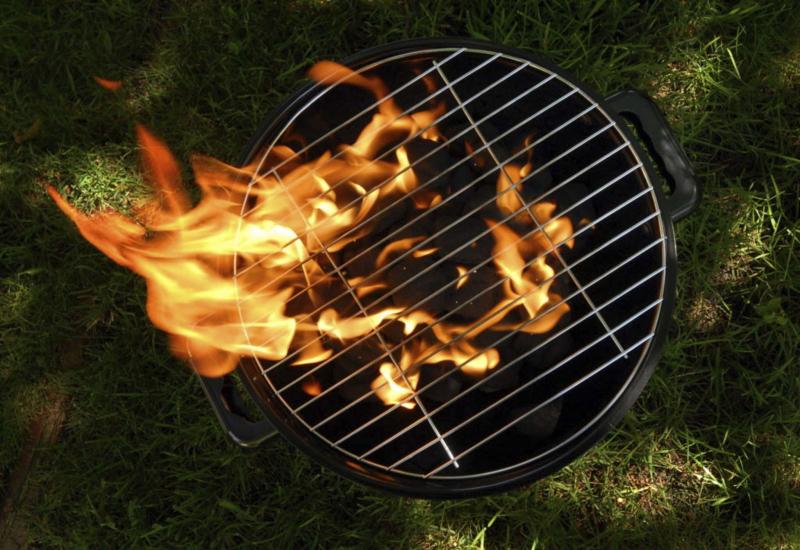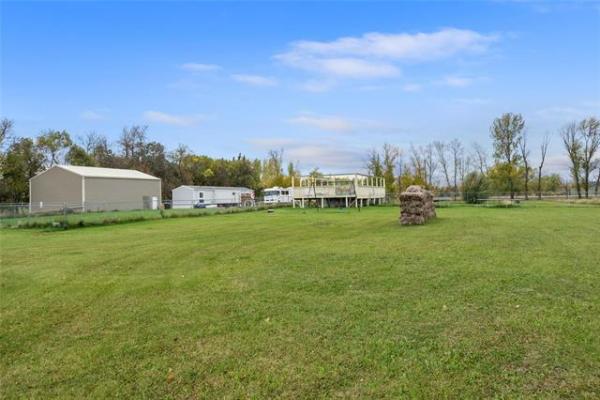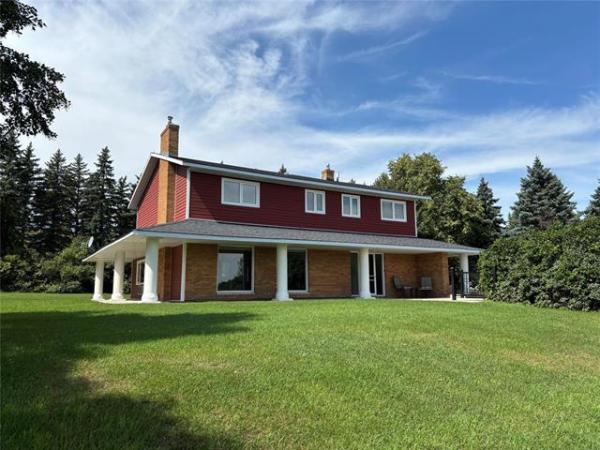No summer weekend is complete without an outdoor barbecue. But before you fire up the grill this season, you’ll want to give it a thorough cleaning and make sure it’s safe to use. After all, you don’t want a grimy, greasy grill ruining the flavour of your Kobe steaks — or, even worse, a fire hazard in your backyard.
Cleaning a gas grill
Gas grills usually require more time to clean than charcoal grills, given that they tend to have more parts. For a deep clean it’s best to disassemble the grill and clean everything piece by piece.
Most parts can be wiped clean with warm, soapy water.
Grates require special attention. To rid them of dirt and grime — and ensure great-tasting food every time you grill — you’ll have to tailor your cleaning method to the type of grate you have.
Porcelain-coated grates: Do not use metal or wire brushes when cleaning porcelain grates, as these can create chips or scrapes in the porcelain. Instead, start by burning off any leftover food. Once the grates have cooled, use a soft-bristle or nylon grill brush.
Cast iron grates: First, burn off any leftover food. Then, use a nylon cleaning brush once the grates have cooled. Finally, lightly coat the grates with cooking oil.
Stainless-steel grates: Cover the top of stainless-steel grates with heavy-duty aluminum foil and then heat the grates on high for 10 to 15 minutes. The aluminum foil redirects the heat to the grates, simply burning off leftover food.
Cleaning a charcoal grill
Because charcoal grills have fewer parts, they’re generally easier to clean than gas grills, but they still require some TLC.
Although lids on most charcoal grills can’t peel because they’re coated with porcelain enamel, occasionally you may see small pieces of debris on the inside of the lid that looks like peeling paint. These pieces are non-toxic, but you should remove them using a soft stainless-steel brush. If you don’t clean them, the pieces can flake off and fall onto your food.
If possible, remove the grill grate and clean it with a grill brush or other coarse cleaning brush. This should scrape away any leftover food and grease. Next, collect debris from the bottom of the grill; if there’s an ash catcher, empty it. For a shiny finish, wipe down the grill lid with a mild detergent soap or glass cleaner.
Getting rid of rust
Stainless steel is resistant to corrosion, but it can still rust. Here are three cleaning methods:
Mix lemon juice with a powder detergent and water until it forms a paste. Apply the paste on the rust and let it sit overnight. Scrub it clean with warm water and a soft cloth or sponge.
If the rust is on a part that can be easily removed, soak the part in soda overnight, rinse with water, and scrub the area clean with a soft cloth or sponge. (Soda contains phosphoric acid, the main ingredient in many rust-removal products.)
For stubborn rust stains, use a commercial rust remover and follow the prescribed directions.
Take appropriate safety measures
To make sure all burners are working properly on gas grills, you should see an even blue flame across the burners when you fire up the grill. If the flame is not even — or you’re having problems lighting the grill — it could be because of a clogged ignition port, in which case you’d want to clean each port with a wire or a safety pin. (If you’re still having issues, it may be time to replace some of the burners.)
Damaged hoses or connection points can present fire risks. To ensure yours are in good condition, clean them with warm, soapy water and then turn on the grill. If bubbles form, you have a leak, and the hose may have to be replaced.
— Washington Post




